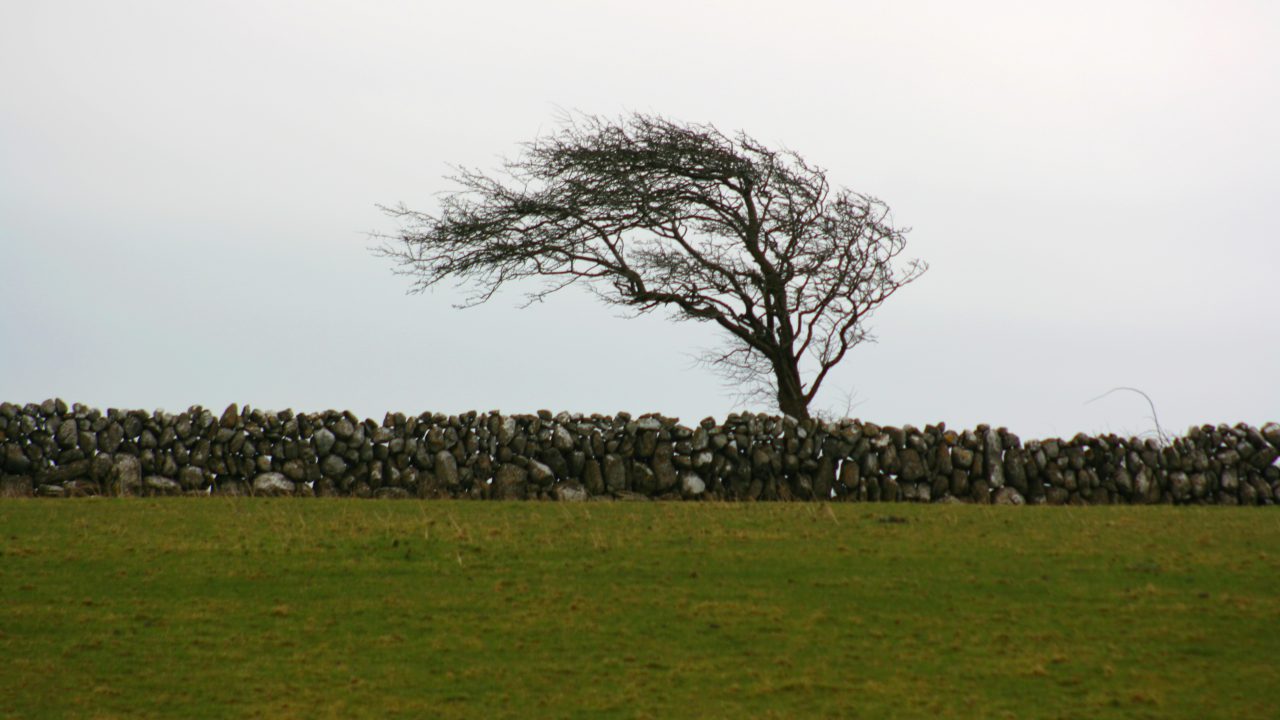A Status Yellow weather warning is in place for the UK tomorrow (December 7), extending until Wednesday (December 8) for Northern Ireland and southern England.
Severe wind, rain and snow is to be expected, as Storm Barra makes its way in from the west.
There is a potential, the Met Office notes, for travel disruption, damage to buildings, power cuts and a small chance that injuries and danger to life occur, from large waves and beach material being thrown onto sea fronts, coastal roads and properties, and fast-flowing or deep floodwater.
In light of this, Agriland is reminding farmers to take the necessary steps to safeguard their premises, their livestock and themselves.
Wind
If possible this evening, farmers should walk around their premises and prepare for certain scenarios.
This may involve securing certain items for risk they blow away, or moving certain items, e.g. machinery, away from areas of risk, i.e. buildings or trees that may blow over.
Ensure that livestock are sheltered, secure and away from areas of risk.
Rain
Should you live in an rea where there is a flood risk then, on top of the arrangement listed above, you should have a plan in place as to where you will bring your animals if it floods, and how you’ll transport them.
After a flood keep an eye on the animals to see if they are drinking the water, as it may have been affected with sewage. manure and chemicals during the storm. Get advice from a vet if you think your animals have been drinking dirty water.
Snow
During extreme cold weather, you must provide feed and water regularly, keep any drinking water troughs free of ice for animals kept outside and take water to animals regularly if any pipes or other water supplies are blocked.
Worst case scenario
In the event that some animals don’t make it through the storm, you must you must arrange for the disposal of any and all carcasses by rendering or incineration.
As the owner of a dead animal you risk a fine or imprisonment if you don’t deal with any carcasses that are a health risk or a nuisance, according to the Department for Environment, Food and Rural Affairs.
Carcasses can, after severe flooding, end up in a range of places, including fields; hedgerows; depressions; roads; canals; rivers; beaches; and the sea.
If ownership of a carcass cant be proven on private or public land then the responsibility of disposal lies with the landowner.
During the storm, your personal safety and the safety of your family should come first, and farmers should not tend to their buildings, machinery, animals or anything else if it put them at risk.

